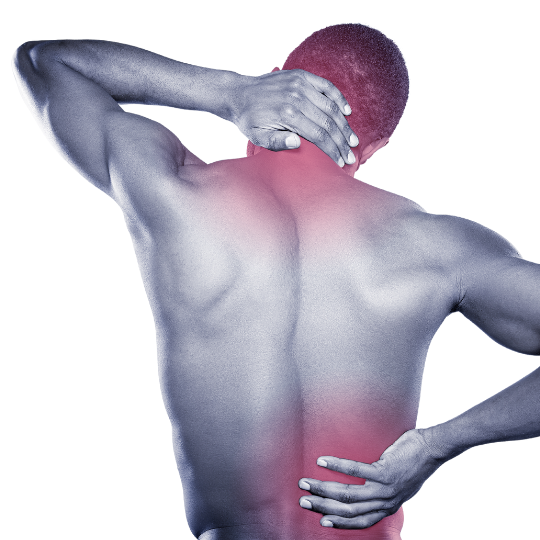Osteoarthritis ataupun radang sendi tulang merupakan penyakit sendi kronik yang berlaku akibat daripada kerosakan pada tulang rawan (cartilage). Ia juga boleh berlaku pada mana-mana sendi namun lebih kerap berlaku pada bahagian sendi lutut dan bahu. Selain itu, sendi lain yang sering dikaitkan dengan osteoarthritis termasuk jari, pinggul, dan tulang belakang.
Walaupun sakit lutut selalunya berlaku kepada individu yang berumur, namun pada hakikatnya ia juga boleh terjadi kepada golongan muda. Satu kajian menyatakan bahawa julat umur pesakit yang mengalami sakit radang sendi boleh bermula dari seawal umur 38 tahun sehingga 83 tahun. Justeru, terdapat beberapa keadaan dimana anda perlu tahu boleh meningkatkan risiko seseorang untuk lebih mudah terkena sakit lutut.
Rujukan: https://www.ncbi.nlm.nih.gov/pmc/articles/PMC8381666/
Keadaan yang berisiko untuk menyebabkan seseorang itu mengalami sakit sendi lutut
1. Mempunyai berat badan yang berlebihan

Mereka yang mempunyai berat badan yang berlebihan adalah lebih cenderung untuk mendapat sakit lutut. Ini adalah kerana, tekanan pada sendi lutut yang bergerak adalah lebih besar jika dibandingkan dengan seseorang yang mempunyai berat badan yang terkawal. Jadi kesannya akan dapat dilihat pada peningkatan kadar penggunaan lutut yang lebih tinggi dan peningkatan kadar penggunaan tulang rawan (cartilage) yang sekaligus meningkatkan risiko osteoartritis.
2. Kurang melakukan aktiviti regangan otot

Otot yang kuat berfungsi untuk memberi perlindungan kepada bahagian sendi yang berdekatan. Oleh itu, jika kekuatan daya tahan otot menjadi lemah ia juga tidak dapat untuk memberikan perlindungan yang baik ke atas sendi yang sekaligus memudahkan ia untuk cedera dengan lebih mudah.
3. Melakukan kerja dan aktiviti yang berisiko

Aktiviti bersukan yang melibatkan larian, berbasikal dan melompat biasanya akan lebih berisiko untuk mendapat kecederaan lutut. Jika dilakukan dalam jangka masa yang lama akan menyebabkan penggunaan sendi lutut berlebihan justeru berisiko tinggi mendapat osteoarthritis pada usia muda. Selain itu, individu yang bekerja sebagai guru, pekerja buruh, petani, pemandu bas, trak, dan lori juga berisiko mendapat sakit sendi lutut atas sebab berdiri terlalu lama ataupun melibatkan aktiviti yang memberikan tekanan kepada sendi lutut.
4. Individu yang pernah mengalami kecederaan lama

Kebiasaannya mereka yang pernah mengalami kecederaan yang berulang kali pada lutut juga akan cenderung untuk mengalami osteoarthritis lutut.
Tanda-Tanda Sakit Lutut
Bagaimana hidrogen dapat membantu merawat sakit radang sendi (Osteoarthritis)?

Amalkan gaya hidup sihat untuk mengelakkan diri anda dari mengalami sakit lutut pada usia muda. Jika anda ada mengalami masalah sakit lutut, Hi-Bliss boleh membantu mengurangkan rasa sakit dan ketidakselesaan anda. Dapatkan rawatan anda sekarang di pusat fisioterapi kami!
Once a person catches COVID, it doesn't always go away easily. Approximately 10-35% of COVID survivors suffer from Long Covid whilst 85% of those who were hospitalised as a result of COVID experienced severe post-COVID symptoms.
Credit: https://www.ncbi.nlm.nih.gov/pmc/articles/PMC9846887/
Even after the line fades on the test, many COVID patients still find themselves facing long-term illnesses such as fatigue, shortness of breath, 'brain fog' and insomnia. But what if there was a solution?
When COVID enters your body, it enters deep into your lungs, into the Alveoli. It is a small organ that medicine normally cannot reach. This means that lung disease is difficult to treat conventionally. The only exception to this is: Molecular Hydrogen.
In China, Molecular Hydrogen is utilized in their post-Coronavirus treatment programs. Let's explore why Hydrogen helps Post-COVID symptoms.
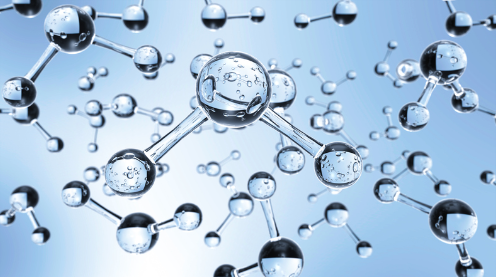
1. Antioxidant
The antioxidative effects of molecular hydrogen neutralises toxic free radicals formed in the lungs by the COVID virus, which relieves oxidative stress and repairs cells. Hydrogen selectively targets the bad free radicals while leaving all other cells untouched. The only byproduct of this neutralisation is water! As Hydrogen is capable of selectively neutralising toxic free radicals without affecting other body cells, it means that there are no side-effects or contraindications.
2. Anti-Inflammatory
Inflammation is your body's natural response to disease but chronic inflammation can lead to long-term health issues. When your body recovers poorly post-COVID, it's because your body's inflammatory response is ringing its alarm bells while it detects the oxidative stress in your body. By neutralising free radicals, Hydrogen relieves your body's inflammation.
3. Improves Sleep
Oxidative stress can affect sleep. By neutralising it, Hydrogen helps you get the sleep you deserve. Also, when your body is less inflamed, sleep becomes more comfortable and natural.
4. Boosts Energy
Fatigue is a common Post-COVID symptom. With Hydrogen's reparative effect on cells, it brings back your cell's ability to generate energy to give your body the boost it needs. Furthermore, with Hydrogen, you'd be sleeping better which means that you'd have more energy during the day!
Discover how molecular hydrogen aids Post-COVID recovery: https://youtu.be/Kzdw5XnOiZk?si=UtQOoQLT5jRgWffG
Our Post-COVID Recovery Care Plan
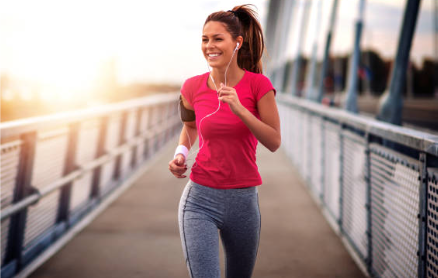
Hi-Bliss Hydrogen Therapy combines the curative effects of Molecular Hydrogen with our certified physiotherapists to help patients recover after contracting COVID. Beyond just treating the symptoms, Hi-Bliss Hydrogen Therapy also guides you on lifestyle changes that supplement our Hydrogen Therapy to help you solve your health conditions from its root cause.
If you are interested in finding out how Hi-Bliss Hydrogen Therapy can help you, make your appointment now!
Knee problems can affect both men and women. Whether due to athletics, aging, injury, or posture, all can be factors contributing to knee pain. However, women are reported to be 2 to 8 times more likely than men to experience knee pain and injuries, regardless of their level of physical activity1. The World Health Organization also states that 60% of osteoarthritis patients are women2. But how does this happen?

The unique qualities of women's knees can be observed through the differences in their hips. Women's hips tend to be slightly wider than men's, affecting the positioning of their leg bones in relation to the pelvis. Their knees are more likely to tilt inward while the ankles remain spaced apart. This can result in increased stress on the anterior cruciate ligament (ACL), the crucial tissue that connects and stabilizes the thigh bone to the shin at the knee joint. The variation in alignment can also impact the way they walk, run, and perform other lower-body movements.
2. Hormones

Estrogen is known to have positive effects on maintaining bone density and promoting increased flexibility in joints. However, during the menstrual cycle, estrogen levels fluctuate, and when this occurs, it may be associated with a higher likelihood of knee and ankle injuries.
3. Muscle imbalance

In women's muscle development, their quadriceps (front thigh muscles) tend to become stronger than the hamstrings (back thigh muscles), creating an imbalance in muscle strength that can potentially affect joint stability and function. This imbalance becomes evident during activities such as running, jumping, or even simple movements like walking, putting increased stress on the knee joint. This imbalance may contribute to issues such as knee pain, instability, or an elevated risk of injuries, including anterior cruciate ligament (ACL) injuries during those activities.
4.Wearing heels for long period of times
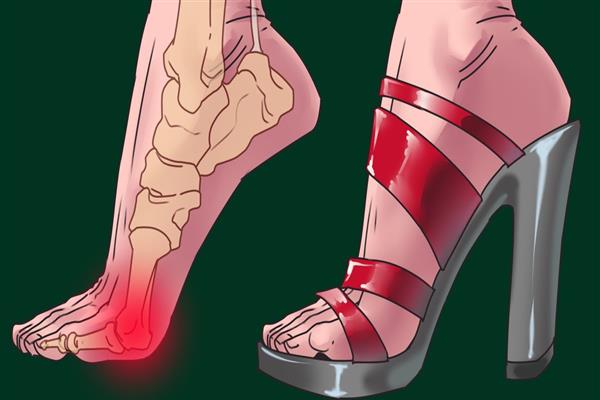
The heightened stress resulting from habitual wearing of high-heeled shoes among women can potentially impact the alignment and function of the knee joint during each step. When wearing heels, the body’s weight shifts forward, placing increased pressure on the balls of the feet and altering the distribution of forces throughout the lower limbs. Over an extended period, the repetitive stress and altered biomechanics associated with wearing high heels can lead to chronic issues.
If knee pain persists, worsens, or is accompanied by other concerning symptoms, it is advisable to seek medical advice for a proper diagnosis and treatment plan. However, if the pain is mild or moderate, it can also be treated at home with self-care measures. Here are some self-care measures that may help alleviate mild knee pain3.

R - Rest: Give your knee some time to rest and avoid activities that may worsen the pain. This can help prevent further irritation or strain.
I - Ice (Cold Packs): Applying ice packs to the affected area can help reduce inflammation and numb the pain. Avoid applying ice directly to the skin. Wrap the ice in a towel or use an ice pack to apply on the painful area. Apply it to the knee for about 15-20 minutes at a time.
C - Compression: Use a compression bandage to help reduce swelling and provide support to the knee. Ensure that the bandage is tight enough to support circulation but not too tight to hamper it.
E - Elevation: Elevating the leg when resting can help minimize swelling. Prop your leg up on a pillow or cushion to keep it elevated.
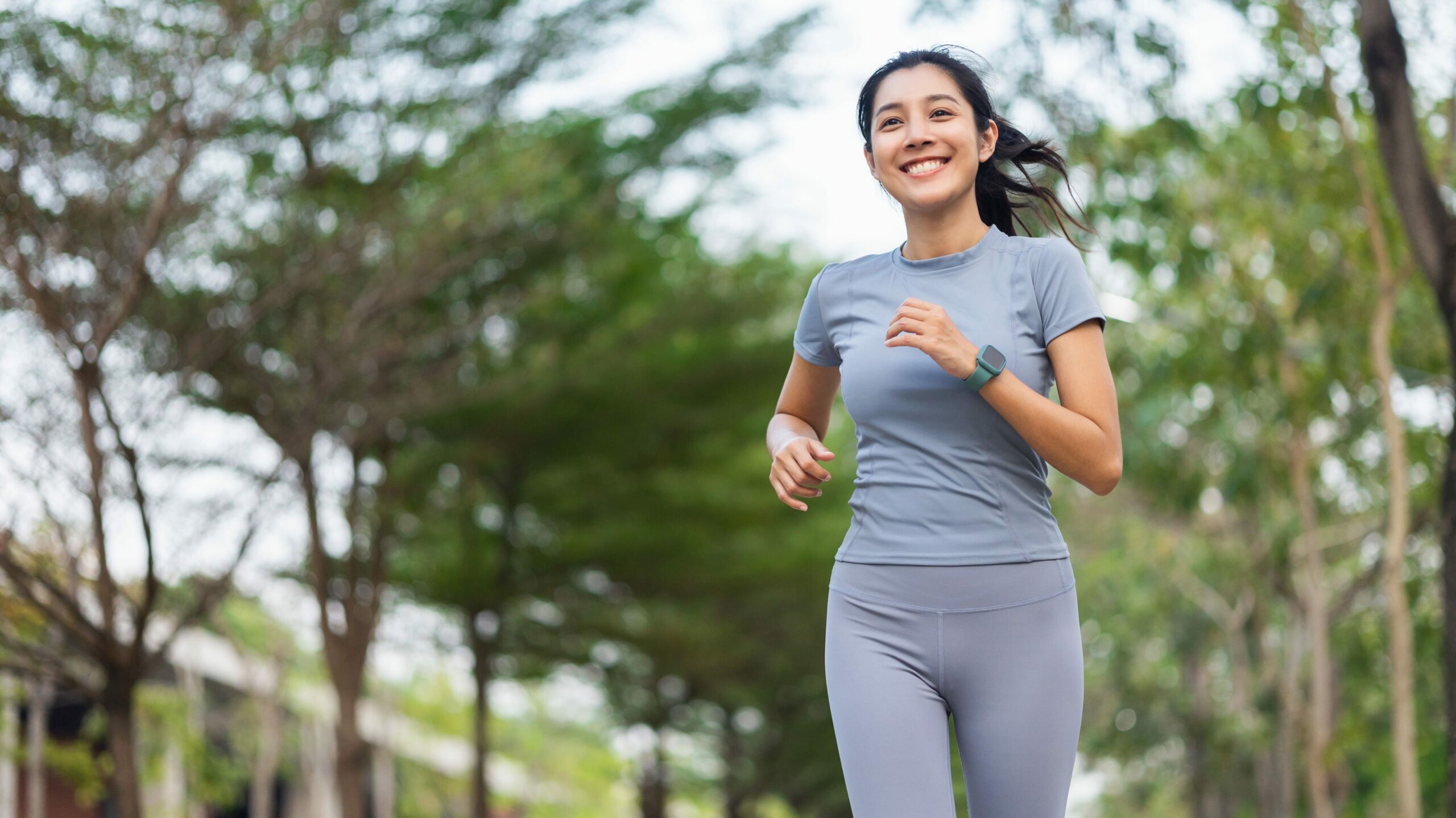
Practice gentle and low-impact exercises to maintain flexibility and strength in the knee. Always warm up before exercising and cool down afterward. Stretch the muscles in the front of your thigh (quadriceps) and in the back of your thigh (hamstrings).
Being overweight can put excessive strain on your knee. Therefore, maintaining a healthy weight through proper diet and exercise can help alleviate stress on the knees.
Wearing shoes with cushioned insoles can help reduce strain on your knees and alleviate knee pain. Choosing supportive and comfortable shoes can also contribute to proper alignment, especially during weight-bearing activities.
However, if your knees are experiencing severe pain, do not delay seeking medical help. It's essential to listen to your body and avoid pushing through severe pain. If home remedies do not bring relief, or if the pain persists, consult with a healthcare professional and physiotherapist for a thorough evaluation and appropriate treatment recommendations.
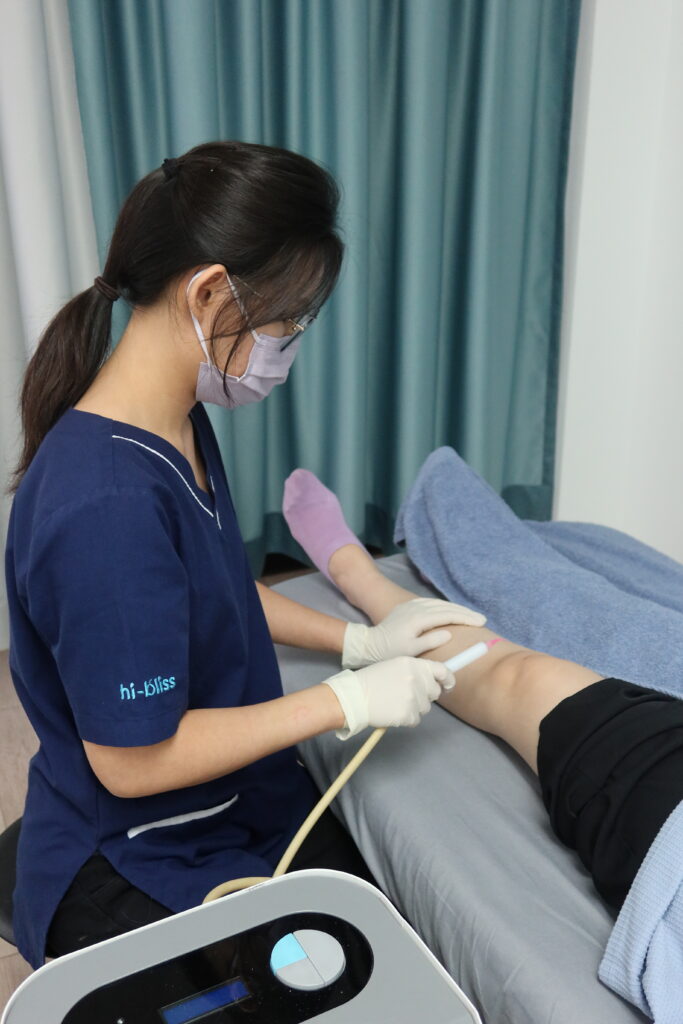
Hi-Bliss Hydrogen therapy combines molecular hydrogen with physiotherapy to address various health conditions, including muscle and joint pain. At Hi-Bliss, we have successfully assisted over 1000 customers suffering from joint pain, particularly in the knee and shoulder areas.
Our hydrogen therapy treatment is primarily 100% natural and non-invasive. You can rest assured as the treatment is pain-free and has no side effects afterward. During the session, patients may experience the infusion of cool air onto their skin, promoting a sense of calm and relaxation.
Moreover, hydrogen's unique ability to selectively eliminate toxic free radicals causing oxidative stress and reduce inflammation in the joint area helps prevent further damage to joint tissues. This therapeutic effect has proven effective in reducing knee pain and providing long-term relief. Protect yourself from potential knee injuries in the future. If you're experiencing pain in your knee or any joint area, consult with a healthcare professional to prevent worsening. Take proactive steps towards healthier joints today with Hi-Bliss!
Cancer is a formidable disease that affects millions of lives worldwide. In 2020 alone, over 40,000 cancer diagnoses were made in Malaysia. Chemotherapy, one of the most common treatments for cancer, plays a crucial role in combating this illness. While chemotherapy can be effective, it often brings about various side effects that can significantly impact a patient's quality of life.
However, advancements in medical research have paved the way for complementary therapies such as hydrogen therapy, which holds promise in improving the chemotherapy experience. In this article, we will delve into what to expect before, during, and after chemotherapy, and explore how hydrogen therapy can enhance this process, providing patients with a more comfortable and supportive journey.
What is Chemotherapy?
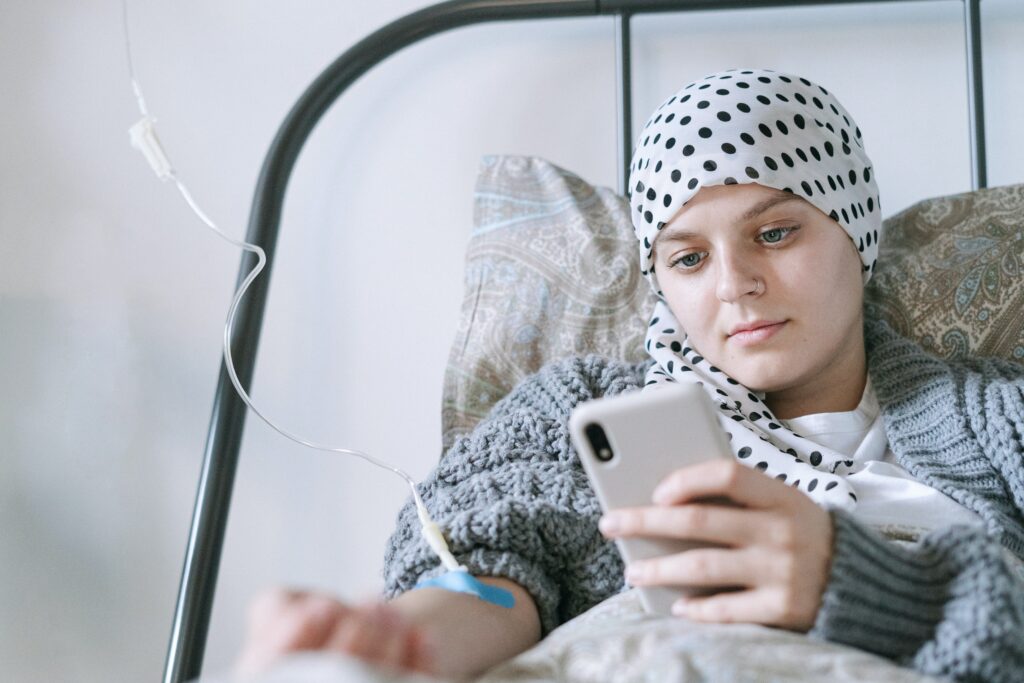
Before we can understand how Hydrogen can help you, let’s dive into what chemotherapy is and how it helps you fight cancer.
Coming from the words Chemical and Therapy, Chemotherapy is a systemic treatment that involves the use of drugs to target and destroy cancer cells. A systemic treatment is a type of treatment that travels through the bloodstream to reach all parts of your body.
What Comes Before Chemotherapy?
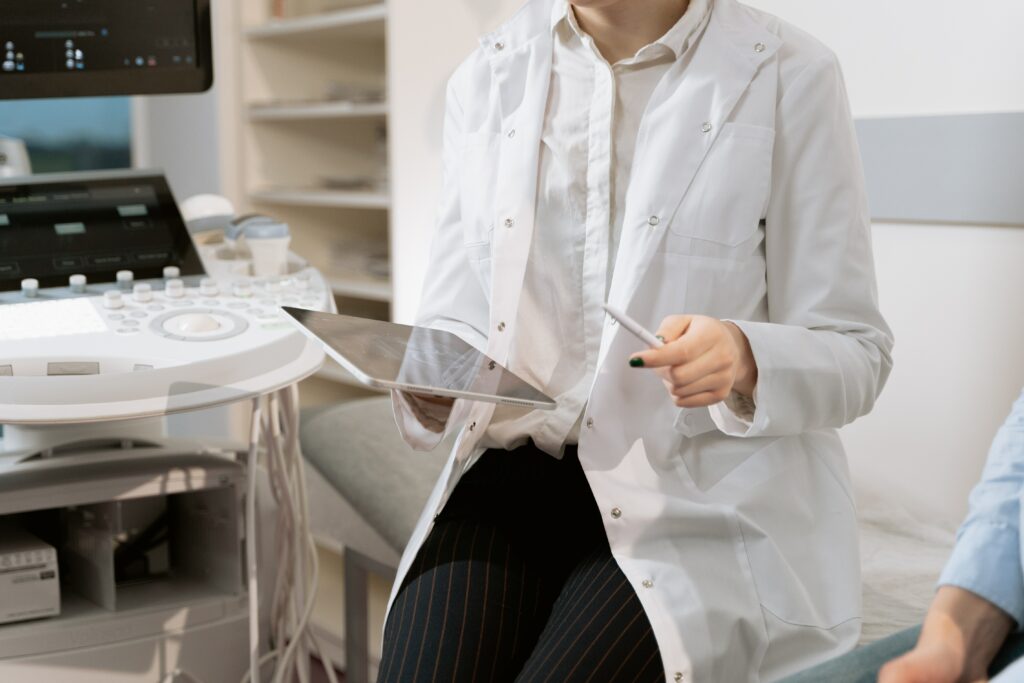
After a cancer diagnosis is made, medical professionals may recommend chemotherapy as a means to treat the cancer. There are a few types of chemotherapy which are considered:
Curative chemotherapy is a treatment that is administered with the goal of completely neutralising the cancer and preventing the recurrence of cancer.
Also known as preoperative chemotherapy, neoadjuvant chemotherapy refers to chemotherapy drugs that are administered before operations to remove a tumour. This is usually to shrink the tumour to make it more operable.
Adjuvant Chemotherapy is administered after primary treatment programs to prevent or reduce the risk of the return of cancer.
Palliative Chemotherapy is administered when the cancer is spread throughout the body and the goal behind the treatment is not to cure the patient but to improve their quality of life.
Before beginning chemotherapy, patients undergo thorough assessments and consultations with medical professionals to determine the best treatment plan. This includes:
During Chemotherapy

During chemotherapy, patients receive medications through different methods, such as oral pills, injections, or intravenous infusions.
The treatment works by interfering with the growth and division of cancer cells, but it can also affect healthy cells, leading to side effects like hair loss, nausea, fatigue, and a weakened immune system.
After Chemotherapy

After completing a chemotherapy session, patients undergo regular follow-ups and assessments to monitor the progress of the treatment and manage any ongoing side effects. The duration and frequency of chemotherapy sessions vary depending on the type and stage of cancer, as well as the individual patient's response to treatment.
Palliative Care

Palliative care aims to enhance the quality of life for patients facing serious illnesses, including cancer. It focuses on providing relief from the symptoms and side effects of the disease and its treatments, as well as addressing the emotional and psychological aspects of the patient's journey. Palliative care can be offered alongside curative treatments like chemotherapy, providing support and comfort to patients and their families.
Hydrogen Therapy and its Benefits for Chemotherapy Patients
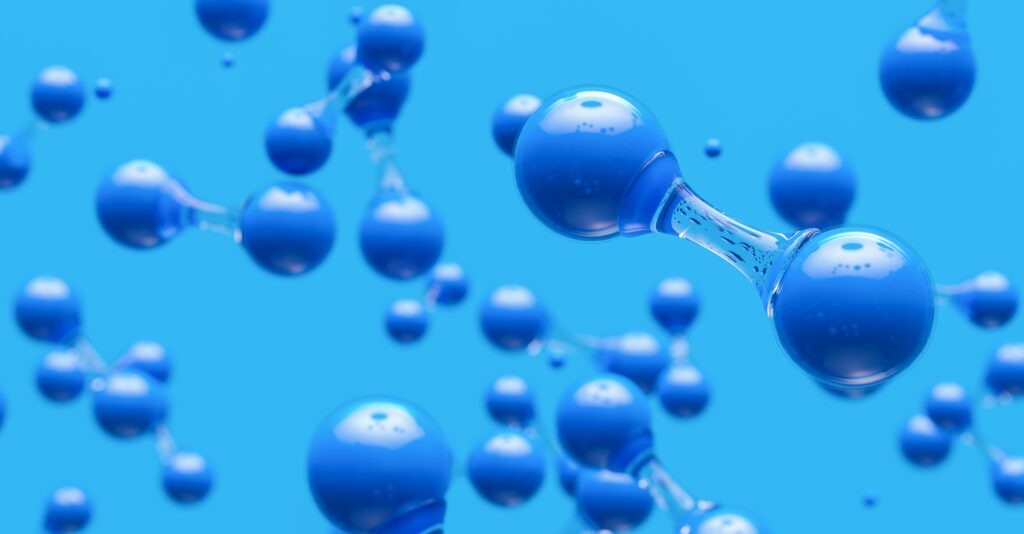
Hydrogen therapy, also known as hydrogen gas therapy or molecular hydrogen therapy, involves the administration of hydrogen gas to the body. This emerging field of research has shown potential in mitigating the side effects of chemotherapy and improving overall well-being.
Studies suggest that hydrogen gas possesses antioxidant and anti-inflammatory properties, which can help counteract the oxidative stress and inflammation induced by chemotherapy. This, in turn, may reduce the severity of side effects and improve the overall tolerance of treatment.
Moreover, hydrogen therapy has demonstrated the potential in supporting the immune system, promote tissue repair, and enhance overall recovery. By providing a protective effect on healthy cells, hydrogen therapy may help reduce damage caused by chemotherapy, allowing patients to better withstand their treatment regimen.
If you or a loved one is currently undergoing chemotherapy, you can consider Hi-Bliss Hydrogen Therapy as a complementary treatment program to improve your quality of life during your cancer treatment and a means to expedite your road to recovery.
If you are interested in trying out our Hydrogen Therapy, feel free to visit our branches at:
Bangsar Shopping Center
Lot F115C, First Floor,
Bangsar Shopping Centre,
285 Jalan Maarof, Bukit Bandaraya,
59000 Kuala Lumpur.
Contact: +6012-687 8922
Starling Mall
S212 Level 2, The Starling Mall,
No 6 Jalan SS 21 /37, Damansara Uptown
47400 Petaling Jaya, Selangor.
Contact: +6012-716 8729
Jalan Macalister, Penang
No. 133, Macalister Road
10400 George Town, Pulau Pinang
Contact: +6012-637 8729
References:
Knee Pain is a condition that many people of all ages face during their lives. It can have a wide variety of causes and may happen suddenly with great intensity or may manifest as a dull ache over a long period of time.
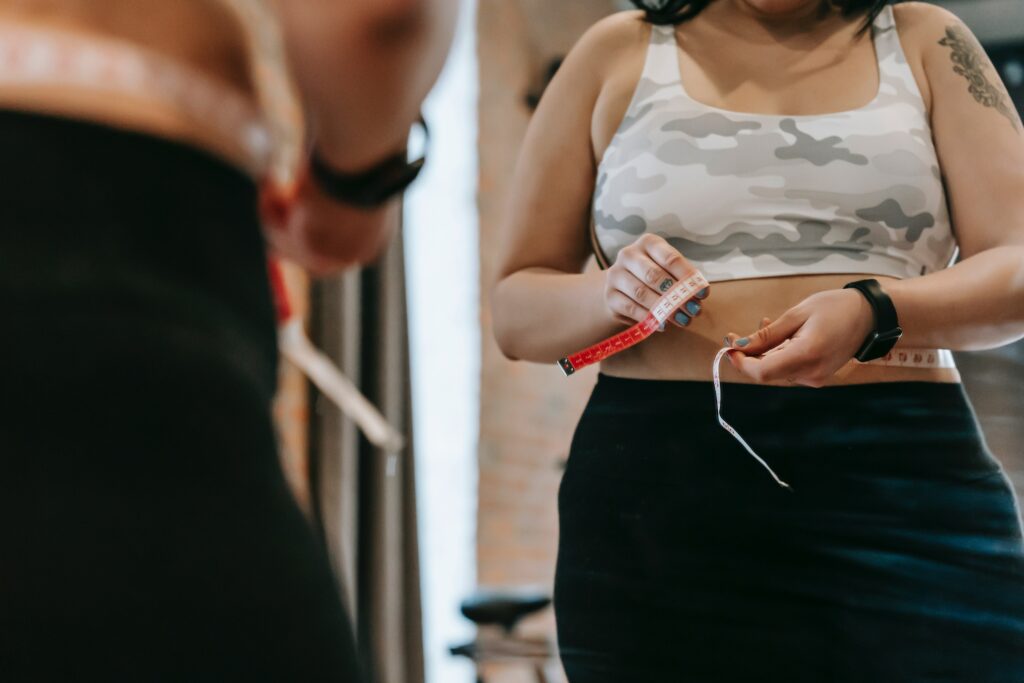
Over 50% of Malaysians are either overweight or obese. This means that if you aren’t overweight yourself, you are very likely to know a person who is overweight or obese. Structures of the Anterior Knee such as the Patella, the largest sesamoid bone in the body, experience forces equal to up to five times our body weight. Having a high body weight can contribute to these bones and joints overworking to compensate. More wear and tear will occur on the knee as a result.

The most common form of Knee Injury is Knee Sprain. According to a study, strains and pains accounted for more than 40% of knee injuries. A study conducted in 2015 estimates that 32% and 57% of all knee strains and sprains occurred at a sports venue.
One of the major sources of knee injuries comes from Anterior Cruciate Ligament (ACL) Injuries. These injuries are common in athletes who participate in sports that involve a lot of high-impact pivoting movements. This includes sports like football (also known as soccer in the United States), basketball and badminton.
Another sports-related knee injury is the Meniscus Tear which occurs in sports that involve a lot of twisting and tackling of the knee.

As you get older, your muscles and bones start to deteriorate. This can cause weakness and pain in your joints. Furthermore, as you get older, the Menisci (cushioning in your knees) will start to wear away causing a condition known as Osteoarthritis.

Known also as a Popliteal Cyst, a Baker Cyst is a fluid-filled cyst that may manifest at the back of the knee causing stiffness and discomfort. These cysts normally form due to meniscus tears or osteoarthritis. This happens as a result of the body’s response to inflammation – increasing the flow of synovial fluid until it accumulates behind the knee.
Non-surgical treatment options are available for managing Baker Cysts such as the usage of NSAIDs (Non-Steroidal Anti-Inflammatory Drugs), Steroid Injections and Aspiration (removal of the fluids). However, large cysts that are causing nerve or vascular problems may be removed via excision surgery.

If you are suffering from Osteoarthritis of the knee, you will likely experience pain while walking, particularly when going up or down inclines like hills or stairs. You may hear a grinding or grating sound in your joints while moving it. In severe cases, your knees might even buckle, causing imbalance or difficulty in balancing. We have written an article about Osteoarthritis, click here to read it.
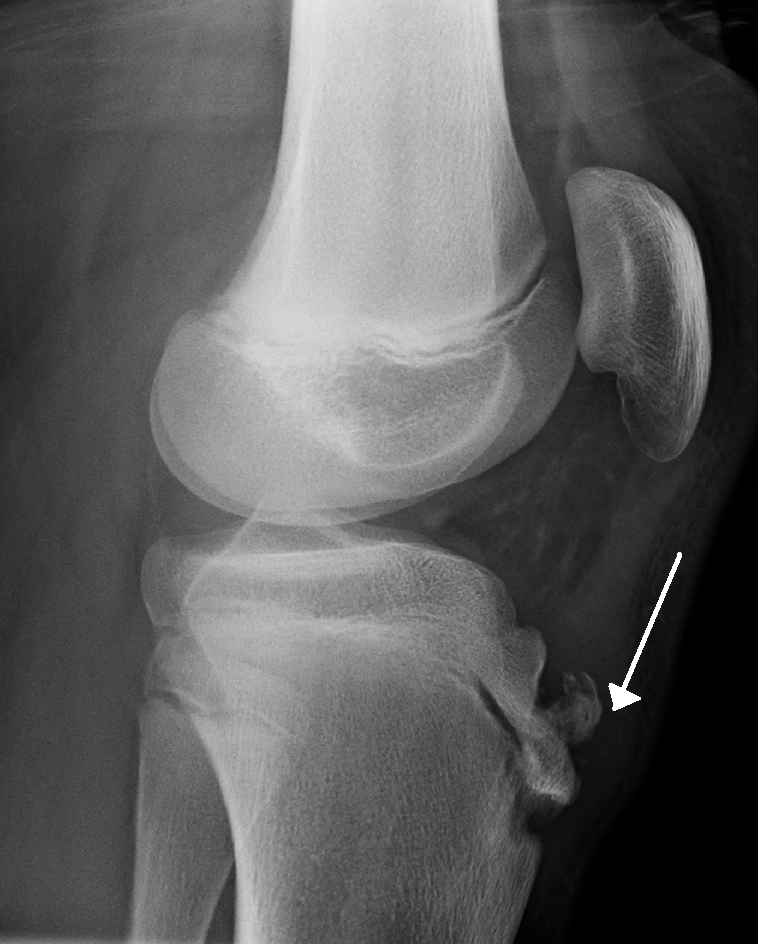
Osgood-Schlatter Disease is a type of swelling below the knee joint along the tendons on the front of the knee. It is caused by irritation of the bone growth plate and mainly affects children, especially growing children who are active in sports.
This condition usually goes away with ample bed rest and a reduction of intensive activity for children who are susceptible to the condition. Ice Packs after activity and the usage of knee pads may help reduce the effects of the condition. Medicine such as acetaminophen or NSAIDs may be used as advised by your doctor.

Bone infections are also known as osteomyelitis and they may be responsible for acute or chronic knee pains. It occurs when bacteria enters the bone through your bloodstream or through an open wound. Symptoms of osteomyelitis include fevers, chills, local swelling and general discomfort.
Treatment is usually conducted with antibiotics to kill off the harmful bacteria and, in severe cases, surgery.
Though certain knee pain conditions require medical intervention by your doctor, here are some things you can do at home to assist your recovery journey.

Bedrest is an important aspect of recovering from bouts of knee pain as movement can cause compression on the knee joint which prevents it from recovering as quickly as it should. When lying down, keep your knee raised to reduce swelling. You can use a pillow underneath your knee while sleeping to keep it elevated.

Icing the area is another thing you can do from your home to improve recovery from knee injuries. Wrap some ice cubes or an ice pack in a bundle of cloth and apply it to the swollen or painful areas. Refrain from pressing the ice directly onto the skin to prevent discomfort or injury.
Always warm up before exercise and cool down after you are done. This can be done by conducting some stretches of the muscles on the front and back of your thighs, your quadriceps and your hamstrings. Watch this video for some simple stretching exercises as taught by our Hi-Bliss Physiotherapists

As your knee joint bears a lot of weight during daily activities, it is important to reduce the impact where possible. This includes walking down inclines (downhill) instead of running. When it comes to exercise choice, instead of running or jumping, consider cycling or swimming.
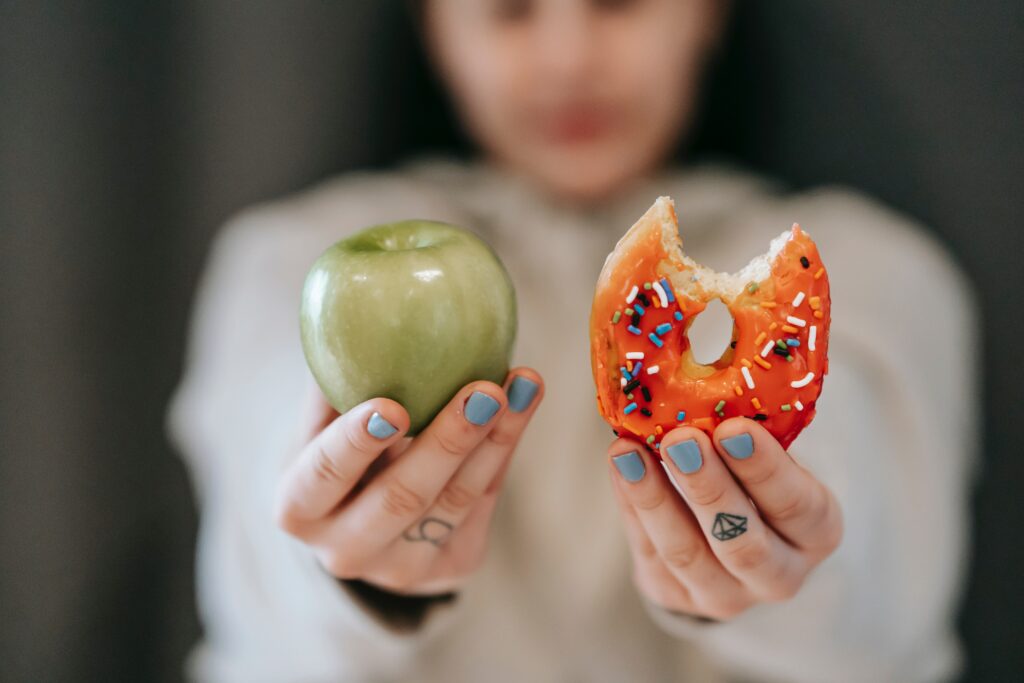
As we have mentioned before, obesity plays a huge factor in your joint health. Managing your weight can bring many healthcare benefits including improving your cardiovascular health, your lungs and even your mood! If you are suffering from weight-related knee pain, you should consider speaking to your doctor or a dietician about weight loss options.
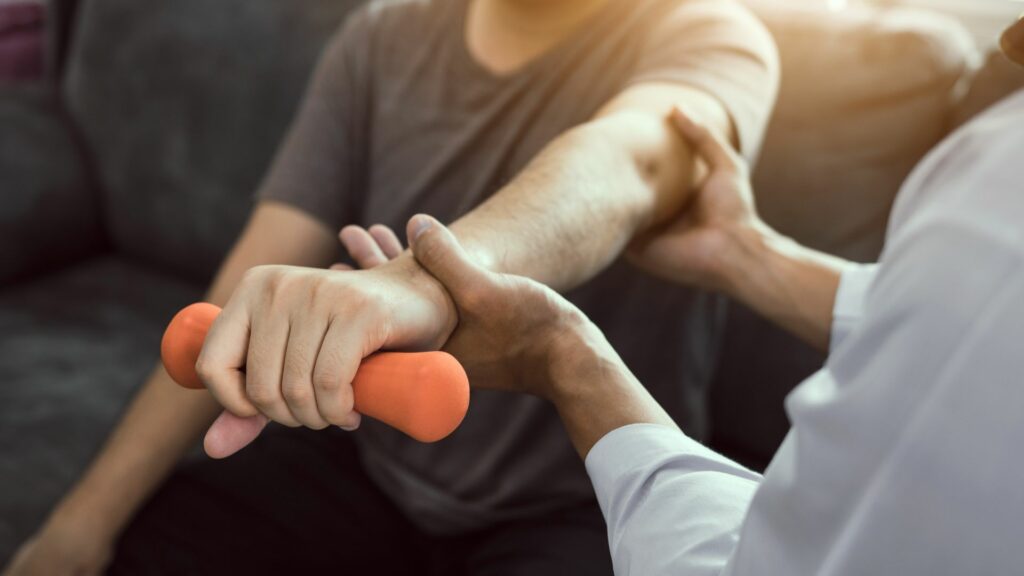
Physiotherapy isn’t necessarily only for those with injuries. You may consider physiotherapy as a preventative route to reduce your risk of knee pain or injury. Physiotherapists can help by strengthening your surrounding muscles to help give your knee joint more support.
We already suggested physiotherapy in the previous section but what if there was something better than just physiotherapy?
Hi-Bliss Hydrogen Therapy combines the anti-inflammatory properties of Molecular Hydrogen and a team of highly-trained physiotherapists to help people who are suffering from knee pain improve their condition and reclaim their active and healthy lives.
During your first session with Hi-Bliss, our physiotherapists will conduct a few health assessments to identify the state of your condition. It will be helpful to bring some of your scans or medical reports from previous doctor visits.
Then, our therapists will perform a palpation check, a sense-of-touch test to identify muscle weaknesses and stiffnesses.
When that is done and treatment points are identified, our physiotherapists will spray molecular hydrogen gas onto your body.
Hydrogen gas is non-invasive but due to its nature as the smallest molecule, it can penetrate your skin painlessly to relieve inflammation in your body and joints. This is done by reducing oxidative stress by neutralising free radicals. There are no side effects to Hydrogen Therapy so no worries and no fuss. All you need to do while undergoing Hydrogen Therapy is just relax!
After being sprayed with Hydrogen gas, our therapists will conduct manipulation on your body. This includes some static stretching and massages.
Finally, your Hi-Bliss Therapist will teach you some basic stretching and strengthening exercises to do at home for a holistic healing experience.

Osteoarthritis (also known as OA) is a joint condition that affects a significant number of people worldwide, especially older individuals. It is the most common form of arthritis and is a major cause of disability in the elderly population. Osteoarthritis occurs when the cartilage that normally cushions the joints starts to break down, this causes the bones in the joint to not have that much-needed protective layer between them. This causes more friction on the bones and can cause a wide array of symptoms.
Joints that are commonly affected by this condition are mainly weight-bearing joints such as the knees, hips and spinal joints. Osteoarthritis has also been observed in fingers, wrists and elbows too.

The main symptoms of osteoarthritis are joint pain & stiffness. This can cause mobility issues and may affect your ability to remain active. In most cases, symptoms come in waves and can be tied to your activity level and external factors like the weather.
You are most likely to be suffering from Osteoarthritis if you are experiencing:
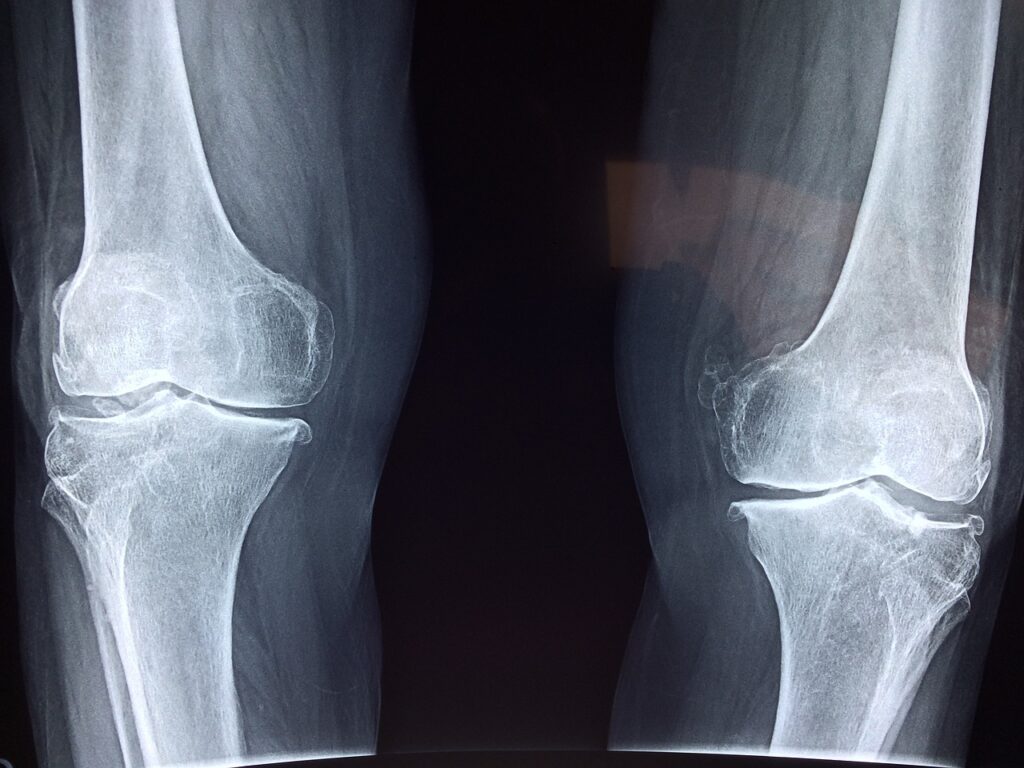
A common form of osteoarthritis encountered is Knee Osteoarthritis. If you are suffering from Osteoarthritis of the knee, you will likely experience pain while walking, particularly when going up or down inclines like hills or stairs. You may hear a grinding or grating sound in your joints while moving it. In severe cases, your knees might even buckle, causing imbalance or difficulty in balancing.
As Osteoarthritis is a leading condition among the elderly, it can be said that there are many risk factors that could contribute to people being afflicted with this condition. Some of these risk factors are within your control but not all of them are.

Firstly, we have joint overuse. Jobs with high physical demand, mainly blue-collar jobs, can cause joints to work overtime every day. This daily overworking of the joints can wear and tear on your joints which can contribute to the development of Osteoarthritis. Examples of job activities that may cause OA in the future include jobs that require:
This is why it is important to take frequent breaks while on the job, especially as you get older. This also applies to people who participate often in high-impact sports like sprinting, boxing or acrobatics.
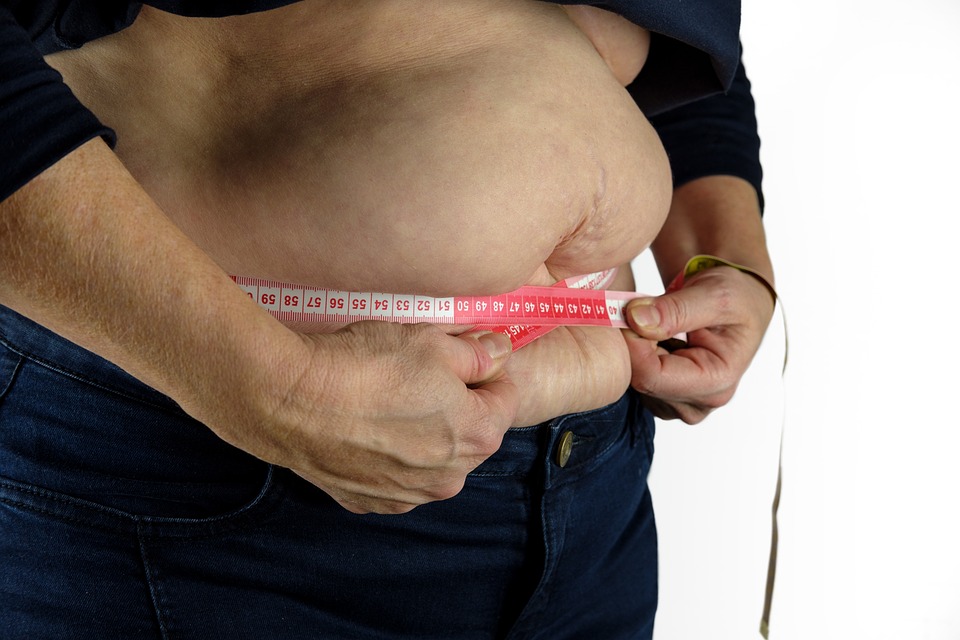
Obesity is a major cause of many health conditions and puts you at risk of developing many severe chronic health issues, osteoarthritis is one of them. According to the John Hopkins Arthritis Center, overweight people have 4-5 times more risk of developing Knee OA compared to a non-obese person! This is likely due to the increased pressure on the weight-bearing joints like the lower back and knees. Managing your weight through a caloric deficit and frequent low-impact exercise like swimming can help prevent osteoarthritis that can occur as a result of obesity.

Poor posture places pressure on your joints. Your head weighs as much as a bowling ball and is supported by your neck, shoulder and upper back muscles. You only get to rest your neck while sleeping. Keeping a poor neck posture places a lot of stress on the joints as your muscles will be stretched out to compensate for the poor posture. In the long-term, poor posture will contribute to wear and tear of your muscles and joints and can develop into osteoarthritis. Most readers will be reading this article on a laptop or phone, this is your reminder to lift your chin and straighten your back!
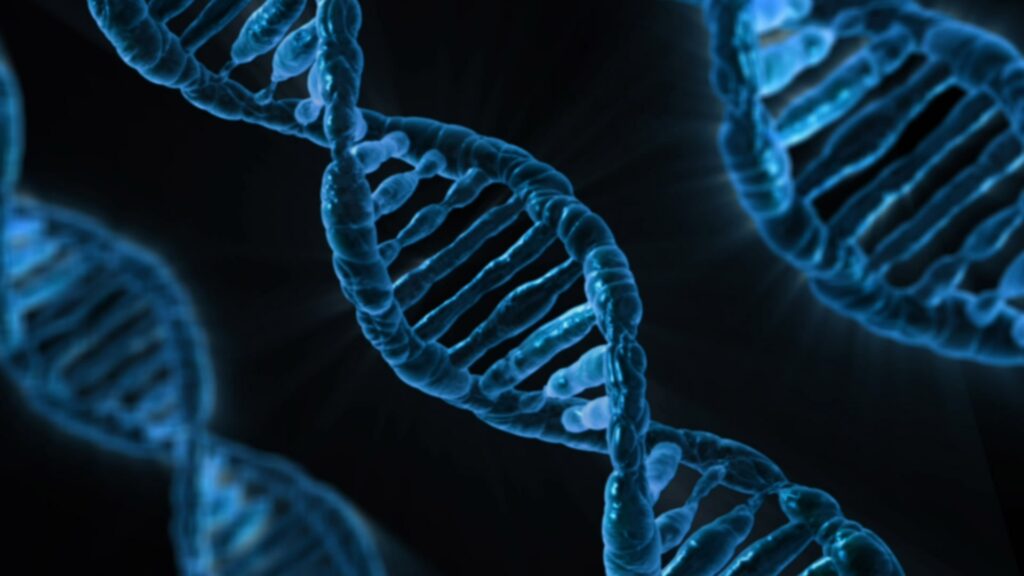
Though people cannot inherit osteoarthritis as a condition, the predisposition to developing osteoarthritis can be genetically inherited. However, the pattern of inheritance or respective genes is still unknown. If you have parents who have suffered from osteoarthritis, then it is important to go for frequent screenings and prevent the preventable risk factors of osteoarthritis as described earlier in this article.
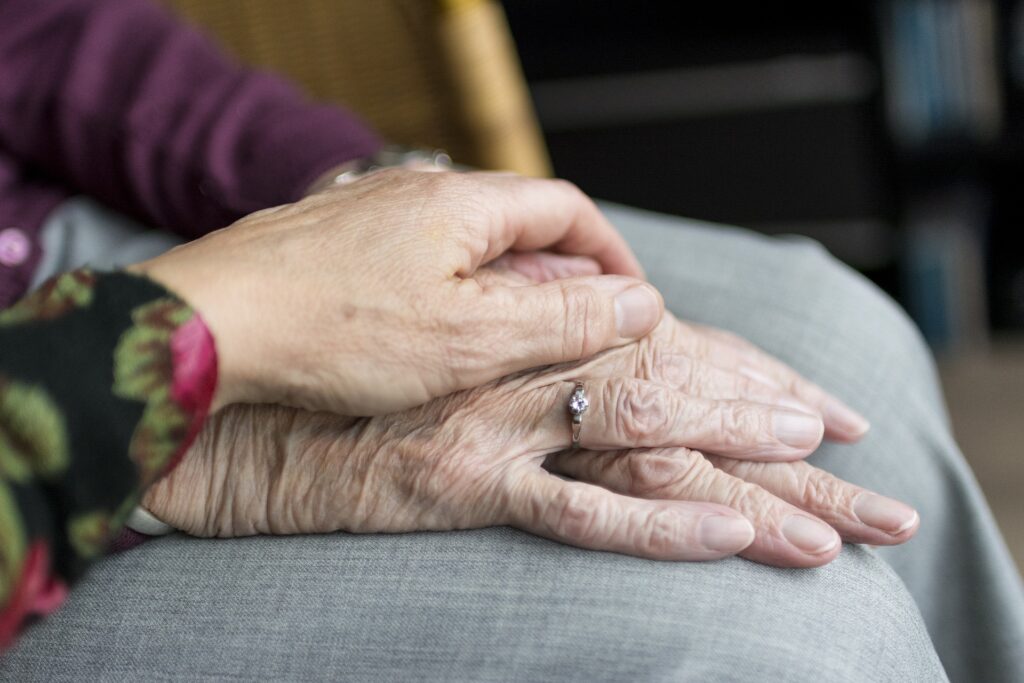
Aging is one of the greatest risk factors for Osteoarthritis and aging is also unavoidable. However, it is important to note that OA is not inevitable for those who are getting older. As a person gets older, their cartilage becomes more brittle, their bone structure weakens and their muscles will degenerate. These all contribute to increased pressure on the joints and can contribute to osteoarthritis.

Arthritis that develops after an injury is called post-traumatic arthritis. This type of arthritis accounts for 10% of OA cases and affects more than 5 million people globally each year. Joint injuries are 7 times more likely to develop into arthritis compared to joints that have not experienced any trauma. As injuries are inevitable in life, the most we can do to manage this risk factor is to ensure that we receive appropriate care and rest for the injured joint while it recovers.

As mentioned above, obese individuals are more likely to develop OA in the future. Extra fat also contributes to changes in cartilage production in the body. There are many safe ways to lose weight including managing your caloric intake and exercising frequently. For more options on weight loss, you should consult a healthcare professional such as a dietician or a doctor.
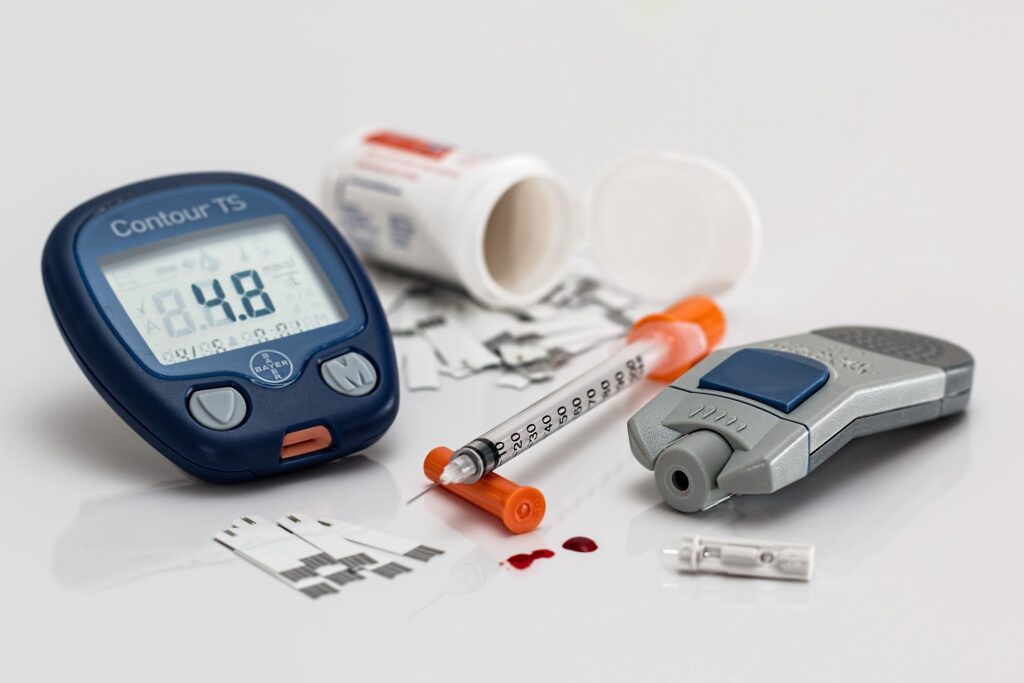
Diabetes is a risk factor that can contribute to osteoarthritis development. Conduct frequent blood tests to monitor your blood sugar.
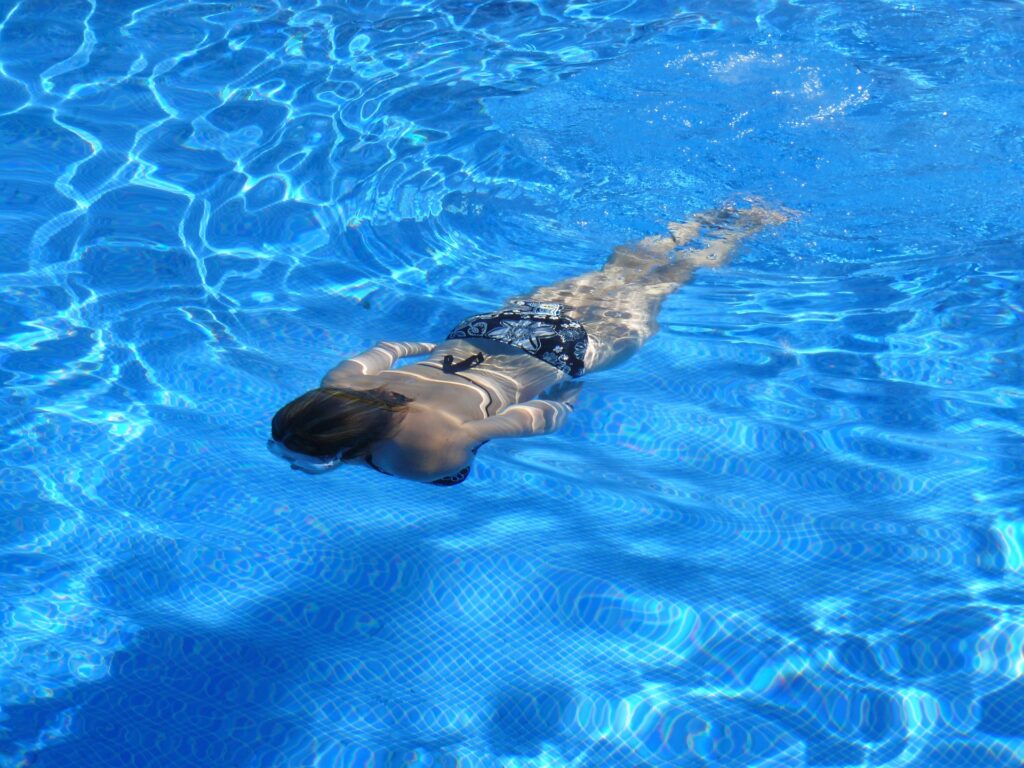
Low-Impact Exercises refer to exercises you can do without placing high impact on your joints. Low-impact exercises like swimming or brisk walking are great for strengthening your muscles, losing weight and reducing pressure on your joints. It is recommended to get at least 30 minutes of exercise or 6,000 steps a day. Though it may be challenging to start exercising frequently, discipline becomes a habit eventually so don’t give up!
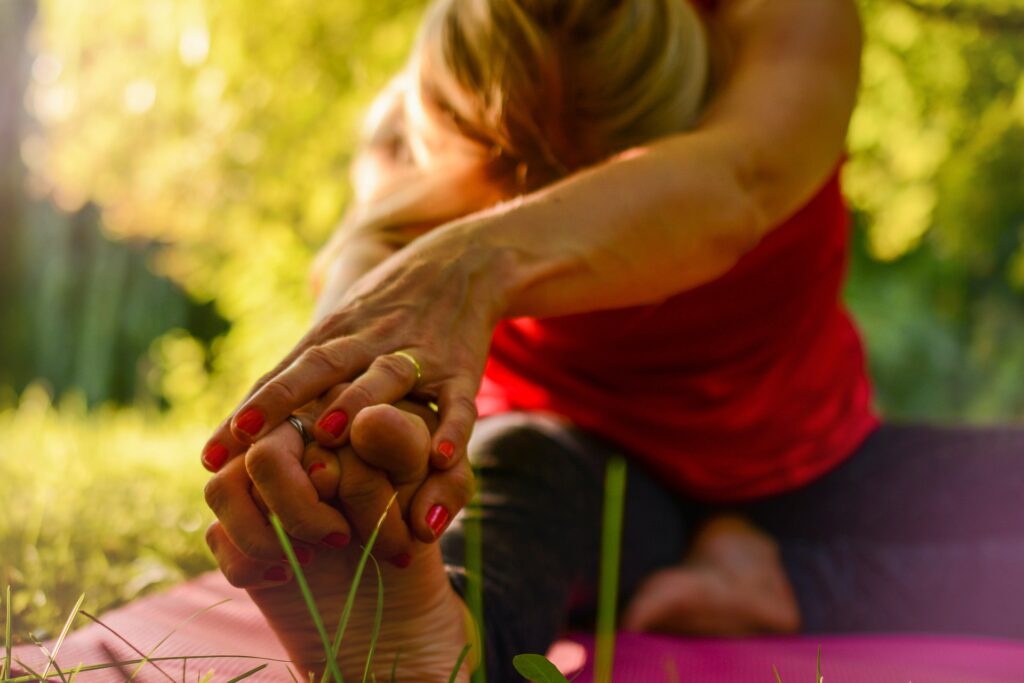
If you experience joint pain that lasts for more than an hour after exercise, you may have caused injury or overworked that joint. Rest the joint and use an ice pack or a hot pack to relieve the inflammation. Consider visiting a physiotherapist or a doctor to assess your condition.
There is no cure for osteoarthritis but there are ways to manage it through medication, devices and tools, therapies, and in severe cases, surgeries.
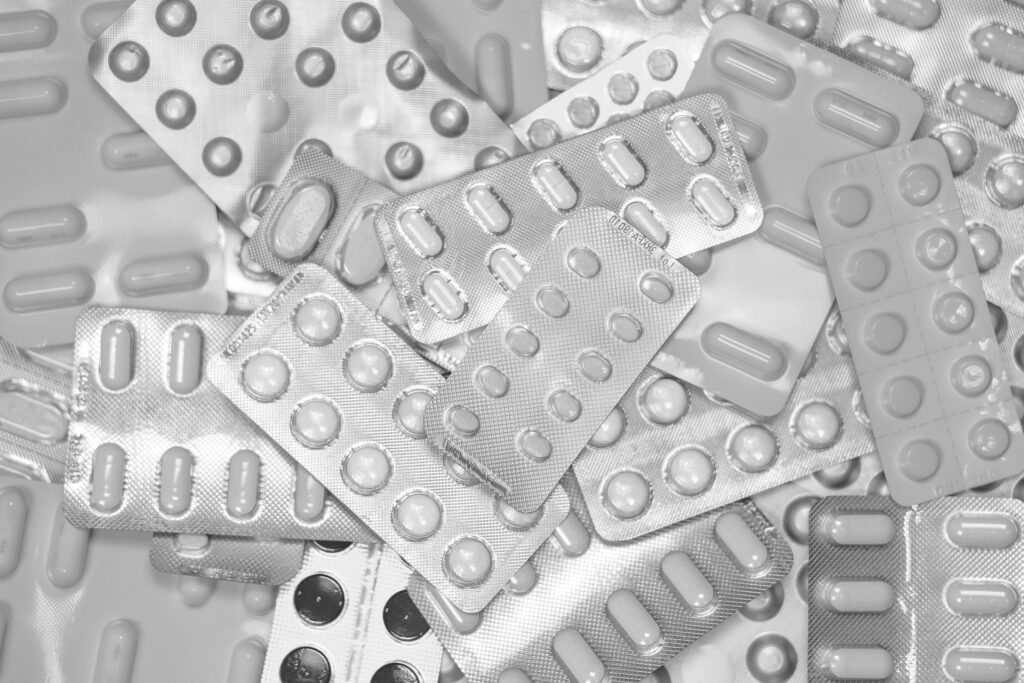
Medications that may be used include pain relievers, Nonsteroidal anti-inflammatory drugs (NSAIDs) and Counterirritants. There are options available over the counter and as prescribed by the doctor. Anti-inflammatory medication such as corticosteroids can be administered by your doctor.
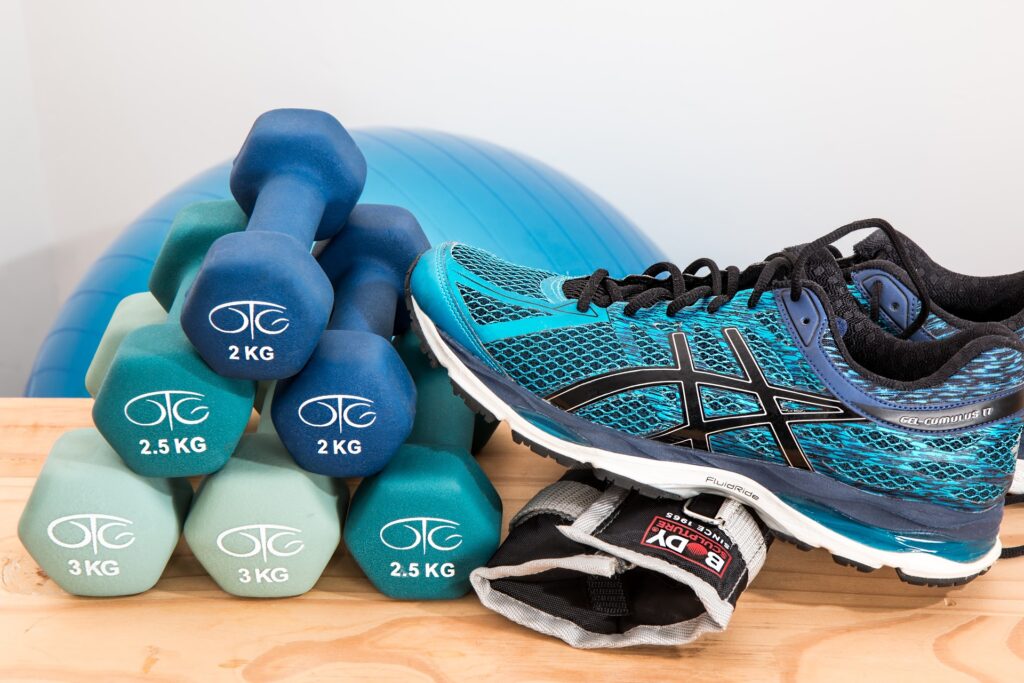
Exercise is a key component of managing osteoarthritis after developing it. These exercises include strengthening, stretching, balance and cardiovascular exercises. Combined with a diet plan to lose weight, these exercises will help strengthen your body and help reduce pressure on your joints.
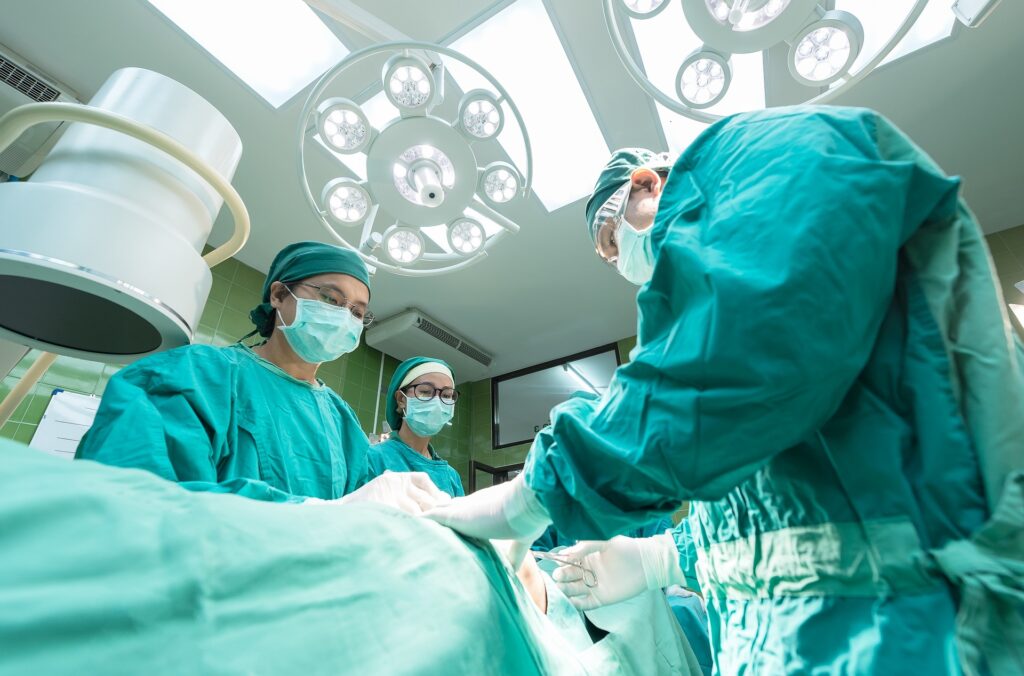
Joint replacement surgery by an orthopaedic surgeon may be an option for you in severe cases. An orthopaedic surgeon will help identify what is the best procedure to be done depending on which joints are damaged and how badly.
Hi-Bliss Hydrogen Therapy combines the anti-inflammatory properties of Molecular Hydrogen and a team of highly-trained physiotherapists to help people who are suffering from osteoarthritis improve their condition and reclaim their active and healthy lives.
During your first session with Hi-Bliss, our physiotherapists will conduct a few health assessments to identify the state of your condition. It will be helpful to bring some of your scans or medical reports from previous doctor visits.
Then, our therapists will perform a palpation check, a sense-of-touch test to identify muscle weaknesses and stiffnesses.
When that is done and treatment points are identified, our physiotherapists will spray molecular hydrogen gas onto your body.
Hydrogen gas is non-invasive but due to its nature as the smallest molecule, it can penetrate your skin painlessly to relieve inflammation in your body and joints. This is done by reducing oxidative stress by neutralising free radicals. There are no side effects to Hydrogen Therapy so no worries and no fuss. All you need to do while undergoing Hydrogen Therapy is just relax!
After being sprayed with Hydrogen gas, our therapists will conduct manipulation on your body. This includes some static stretching and massages.
Finally, your Hi-Bliss Therapist will teach you some basic stretching and strengthening exercises to do at home for a holistic healing experience.
At Hi-Bliss, a leading wellness centre in Malaysia, we had the privilege of treating Mr. Ballim and his family from South Africa with our Hydrogen Therapy Muscle & Joint Program. They came to us seeking relief from various health conditions, including chronic upper back pain, Chronic Kidney Disease (CKD) and back pain, Juvenile Rheumatoid Arthritis (JRA) and a knee injury.
Our dedicated team of physiotherapists provided attentive care to Mr. Ballim and his family, and we are thrilled to report that they all experienced significant improvements in their health conditions. Mr. Ahmed, who had been suffering from chronic upper back pain, experienced a vast improvement in his pain after just two weeks of treatment. Mrs. Ballim, who had been struggling with CKD and back pain, experienced significant pain relief after just one week of therapy. Their granddaughter, who had been dealing with JRA and a knee injury, experienced increased strength and mobility.
We take great pride in our Muscle & Joint Program, which was tailored to meet the individual needs of each of our patients, and we are delighted that Mr. Ballim and his family found relief and healing through our Hydrogen Therapy program.
We encourage anyone seeking relief from chronic pain or other health issues to consider exploring the potential benefits of Hydrogen Therapy. At Hi-Bliss, we are committed to providing safe, effective, and compassionate care to all of our patients.
Learn more about our Muscle & Joint Program here: https://hi-bliss.com/muscle-joint-programs/
Initially struggling with limited mobility, Mdm Low had difficulty performing everyday tasks like lifting her arms and raising her legs, which greatly affected her quality of life. Through the expert guidance and care of the dedicated team at Hi-Bliss, Mdm Low was able to regain her strength and mobility.
Mdm Low started her journey with us with complaints of pain in her right arm and difficulty of lifting fully. Her left upper arm also had a lot of tightness. This impeded her daily life and her ability to comfortably wear her clothes.
After her consultation with our Hi-Bliss Health Consultants, she was prescribed our Muscle & Joint Program.
After only 3 sessions, she saw significant improvement in mobility and range of motion. Her lateral arm raises moved from 120 degrees of movement to 165 degrees of movement while her front arm raises improved from 110 degrees to 150 degrees.
If you are interested in improving your strength and mobility, we recommend that you visit our centres and discuss your health condition with our healthcare consultants.
Learn more about our Muscle & Joint Program here: https://hi-bliss.com/muscle-joint-programs/
A conversational webinar about osteoarthritis, its causes and various methods to manage it via physiotherapy and hydrogen therapy. This talk was held on the 3rd of July 2022 with speakers Dr Noor Azliyana Bt Azizan and Prof. Dr. Yeong Chai Hong. Dr Noor has a PhD in Health Sciences from Universiti Teknologi MAR and is a Senior Lecturer for the Centre of Physiotherapy, Faculty of Health Sciences, UiTM. Dr Yeong has a PhD in Medical Physics from University of Malaya and is a Professor of the School of Medicine, Taylor's University.
Children experience massive, early use of and exposure to all types of screens such as smart phones, computers, tablets, consoles and television. The exposure and interaction with screens has been growing and becoming a real addiction, as per health professionals and early childhood experts in their warning to parents. Tablets and smartphones, are constantly being used to distract kids and keep them quiet, and they are also perceived as educational. This makes screen time hard for kids to avoid.
According to one study, the average child (between the ages of 4 and 14 years of age) spends three hours a day watching TV, and up to seven hours total staring at a screen. Teens recently told Wall Street Journal reporters that they watch YouTube / Tik Tok videos every chance they get. Add video games, TV, phone time with friends, schoolwork, and tablet media consumption and you can rack up a lot of HEV rays or blue light exposure.
A Nielsen study found that 70% of tablet-owning parents of kids under 12 let their children play with the tablets. Common Sense Media found that 30% of toddlers have a TV or tablet in their bedrooms. Kids under one year of age spend twice as much time with electronic devices as they do with books. According to the Ordre des Optométristes du Québec, 20-25% of children between the ages of 5 and 14 have various visual problems requiring treatment by an optometrist. Without realizing this, parents allow their children to be exposed to many risks that can contribute to a number of eye problems or eye troubles.
Your child’s eyes don’t filter blue light as well as yours do. Because children’s eyes have larger pupils and more transparent lenses than adults, light streams into them more freely. (One recent study showed that the transmission of blue light through a 9-year-old’s eye is 1.2-times higher than that of an adult.)
The key for all parents is to fully understand the impact that blue light has on a child's well being, so that proper action can be taken to minimize exposure when it is not entirely necessary.
We all need to ensure we get a good night's sleep, but this is especially true for our growing children who are still developing and rely on a good night's rest to be able to manage their moods and environment during the day. Poor sleep quality/ disrupted sleep patterns may mean that your child’s concentration levels are lower during the day. Blue light is proven to disturb sleep patterns, which results in the accelerated production of cortisol and releases melatonin even more slowly than it does yours.
Poor sleep quality and sleep deprivation have pretty shocking consequences in many areas. It's linked to reduced learning capacity and poor academic performance.
Blue light stimulates your brain, slowing or stopping release of the sleep hormone melatonin. That makes it harder to get a good night’s sleep," and this generally messes with a child's hormonal patterns. A 2016 study on children of preschool age found that higher artificial light exposure from their environment contributed to an increased BMI and increases the long-term risk for developing obesity. There is also evidence that disruption of the circadian rhythm may be connected with diabetes, obesity, and heart disease.
Moods can be altered, and this may effect behavior as a whole. Exposure to blue light at night can lead to the over-production of "adrenaline, dopamine, serotonin and cortisol," and these can be strongly connected to a series of mental disorders and attention focusing issues. Best Health Mag states that Insomnia / sleep loss is among the leading causes of a series of mental disorders:-
Digital eye strain happens when a lot of time is spent using near vision, for example, reading on screen or playing online games. Digital eye strain does not cause permanent damage to your eyes but can be uncomfortable. Evidence suggests that carrying out near tasks, involving looking at something close-up, such as using mobile devices, screen time and reading a book, can increase eye strain for those who do this for long periods of time. It increases the chances that a child will become astigmatic, myopic or hyperopic in adulthood.
One of the main symptoms is temporary blurred vision but other signs such as sore and tired eyes, dry eye and headaches are also associated with digital eye strain.
Children especially, are at particular risk of macular damage from blue light because their eyes are not as efficient at filtering out the rays.
Short-sightedness, or myopia, is increasing throughout the world. Family history, ethnic background, environment (living indoors, in cities) and carrying out near tasks, such as screen use, have all been linked to the development of myopia.
In a study, preschoolers ages 3 to 5 whose screen usage was greater than what is recommended by the American Academy of Pediatrics (AAP) completed cognitive testing and brain imaging. Their parents also completed a survey about screen usage. The results revealed that kids with higher screen usage had lower measures of brain structure that support skills such as language and literacy.
Tips for keeping your child’s eyes healthy
Recommendations from optometrists and opticians, based on the age of the child:-
According to some studies, before the age of 2, non-interactive screens such as those used for television and DVDs have only negative effects. They can cause visual disturbances, weight gain, delayed language, a lack of concentration and attention, and should therefore be avoided for infants.
At this age, children need to build their temporal and spatial guidelines hence, good vision is extremely necessary. Between 2 and 3 years of age, exposing children to television in a passive and prolonged way and without an interactive, educational human presence is strongly discouraged.
From the age of 3, screens help children to distinguish between the real and the virtual. They will be able to copy and imitate what they see. However, they should not spend more than 1 hour per day in front of a screen (all devices combined).
Between the ages of 3 and 6, a child needs to develop all of his manual and sensory possibilities hence the programs and applications chosen must be of high quality. It is also recommended that parents are present in order to explain what their child is seeing and how it applies to the world around them. Again, it is recommended that children not exceed 1 hour of screen use per day.
Between 6 and 10 years of age, it is important for the social development of the child to be established hence it is best to set a certain amount of screen time per day so that the child can discover social gaming and involve themselves with others.
From 9 to 12 years of age, children need to explore the world and its complexity.
From the age of 12, parents must monitor possible nighttime screen use because it can be harmful. Good use of these screens allows an adolescent to improve control over emotions and thoughts, actions and decisions.
However, excessive use of screens and especially the Internet can reduce memory as well as the ability to synthesize the personal and consciousness. It also causes drowsiness, difficulty concentrating and eye problems. Vision is essential to a child’s learning experience and this can be reflected in academic performance, when one observes a decline.
Hydrogen’s protective effects includes its potent antioxidant properties selectively scavenges free radicals thus reducing oxidative stress, and anti-inflammatory properties effectively reduces inflammation. Learn more how Hi-Bliss Hydrogen Therapy can help to take care of your eyes here: https://hi-bliss.com/skin-eyecare-programs/
